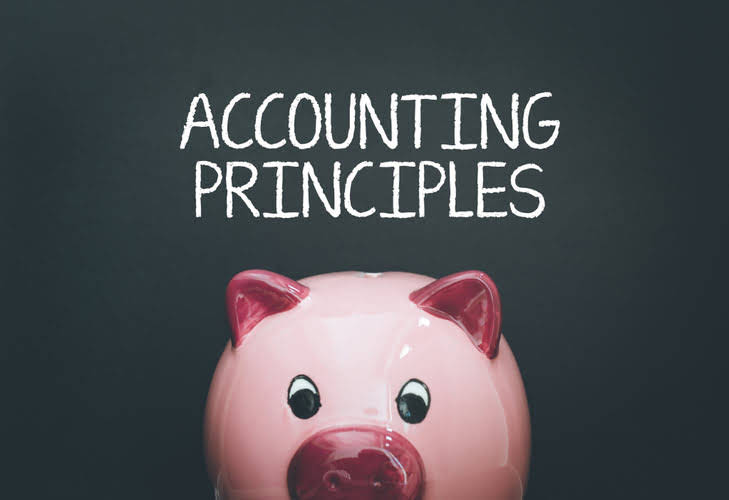
Standardizing the RtR process eliminates manual tasks and enhances efficiency and minimizes errors. When operations are streamlined, finance teams get time to focus on value-add tasks like strategic planning and financial analysis. The final step in the R2R process generates financial statements for the organization’s internal and external stakeholders. The management can use this record to report data to evaluate whether the organization is meeting its finance and performance goals and develop strategies for achieving these goals. Some other stakeholders may use this information to make more informed investment decisions. The record phase involves several steps that document all activities, or transactions that have a financial impact on the business.
Treasury & Risk
- Process Enhancement and ComplianceFocuses on the continuous improvement of accounting processes for greater efficiency.
- The senior management, business unit managers, and the organization’s leaders get these reports from the team.
- Also, the staff handling these validation procedures must be provided adequate training in data entry and identification of discrepancies.
- The record to report process is part of the finance and accounting process.
- The “Record to Report” (R2R) process is a crucial part of financial management in organizations.
- This stage enables them to group related data and ensure they have everything needed to create reports for stakeholders.
Across all industries, the R2R process drives better financial management, transparency, and compliance, ultimately supporting business success and growth. Contact us today to learn how we can support your journey toward efficient and accurate financial management. Financial AnalysisInvolves a thorough examination of financial data to extract meaningful insights. This includes identifying trends, evaluating key performance indicators, and comparing financial results.
- R2R accounting is one of the most powerful finance tools that modern businesses use for gaining profits, improving performance, and gaining the competitive edge.
- It is one of the steps in accounting and is often done during the month-end closure or reporting.
- It is the primary source of the vast majority of the data needed for the Record to Report process.
- It’s’ a financing and Accounting (F&A) management process that involves collecting/processing/delivering information that’s relevant, accurate, and timely.
- The tech challenge is implementing a tech-led R2R process that can seamlessly fit into the complex R2R framework and simplify this process to improve quality and productivity.
- By consolidating data from multiple sources, R2R provides a comprehensive view of the company’s financial health, enabling business leaders to make informed decisions.
Benefits of the R2R Process
The cloud also offers scalability and eliminates the need for sizeable on-premises infrastructure investments. It involves analyzing the data to uncover insights and identify risks and opportunities. Additionally, it facilitates internal and external audits for a transparent environment. HighRadius Autonomous Accounting Application consists of End-to-end Financial Close Automation, AI-powered Anomaly Detection and Account Reconciliation, and Connected Workspaces. Delivered as SaaS, our solutions seamlessly integrate bi-directionally with multiple systems including ERPs, HR, CRM, Payroll, and banks. In most cases, organizations encounter problems like variation in data, extensive, and tedious manual processes and also time constraints regulations within the R2R process.
- So, in this blog, we will talk about the R2R process including what it is , why it is important, steps, workflow, benefits and best practices.
- Record to Report (R2R) is a well-defined financial process to record, process and report financial data.
- Finally, these reports are delivered to managers, stakeholders, or regulatory bodies to help them make informed decisions.
- Simply put, R2R is a systematic approach which consolidates existing data for clear and meaningful reporting to management.
- Get granular visibility into your accounting process to take full control all the way from transaction recording to financial reporting.
- Every time a business does something that involves money, like making a sale or paying a bill, it gets recorded.
Understanding the What, Why, and How of Record to Report Process in Finance
They include stakeholder groups both inside and outside the organization and senior management. This helps them be aware of how law firm chart of accounts much their expectations have been realized. The objective of the record-to-report (R2R) process is to monitor a company’s financial transactions and generate reports that reflect the organization’s financial performance. The R2R process begins by documenting all financial activities, including revenue and costs, and concludes by generating comprehensive financial statements for that accounting period. The general ledger is the central repository of all financial transactions.
Implementing best practices and leveraging technology will allow your organization to optimize financial operations and ensure compliance. Implement robust internal controls to safeguard financial data and ensure compliance with regulations. Implement access controls and regularly review and update control mechanisms. Solid internal controls instill confidence in the reliability of financial information.

By automating repetitive tasks, finance and accounting teams can focus on higher-value activities such as financial analysis and strategic planning. The ultimate goal of R2R is to produce comprehensive financial reports like balance sheets, income statements, and cash flow statements. These reports help stakeholders understand the company’s financial performance, ensure compliance with regulatory requirements, and support strategic decision-making.


Record to report (R2R) is a process used by finance and accounting professionals with the intent to gather, analyze, and present financial data. The process aids in providing correct, relevant, and timely information that contributes to strategic feedback in finance and operations. Validation checks and robust data entry practices need to be implemented to improve data quality. These measures will help in identifying and resolving discrepancies early in the process.
Use PLANERGY to manage purchasing and accounts payable

Once the data has been prepared, it is used to generate financial documents, such as income statements, balance contribution margin sheets, and accounting books. This stage involves collecting financial data from various sources within the organization. The data is consolidated to have a clear and accurate view of the current financial situation. Complexity of ProcessesThe process involves multiple detailed steps, and managing these complex processes can be challenging, particularly for organizations with high transaction volumes.
R2R integration with financial systems and tools
The R2R process is concerned with documenting every financial transaction received throughout the day and producing proper reports for transparency, adherence to regulations, and proper financial management. It also plays a very crucial role when it comes to storage of information and aids in decision-making. It is possible to enhance R2R processes by eliminating unnecessary manual work with the use of automation and ERP software systems. For many organizations including Multinational Corporations comprising various entities, the traditional way of preparing consolidated financial statements by hand proves to be laborious. However, this is made more manageable by automated R2R systems that allow for the collection of data from various departments and countries with ease. Automation tools allow organizations to combine information from different sources, re-format the information, and present a true and fair view of the organization through integrated financial reports.